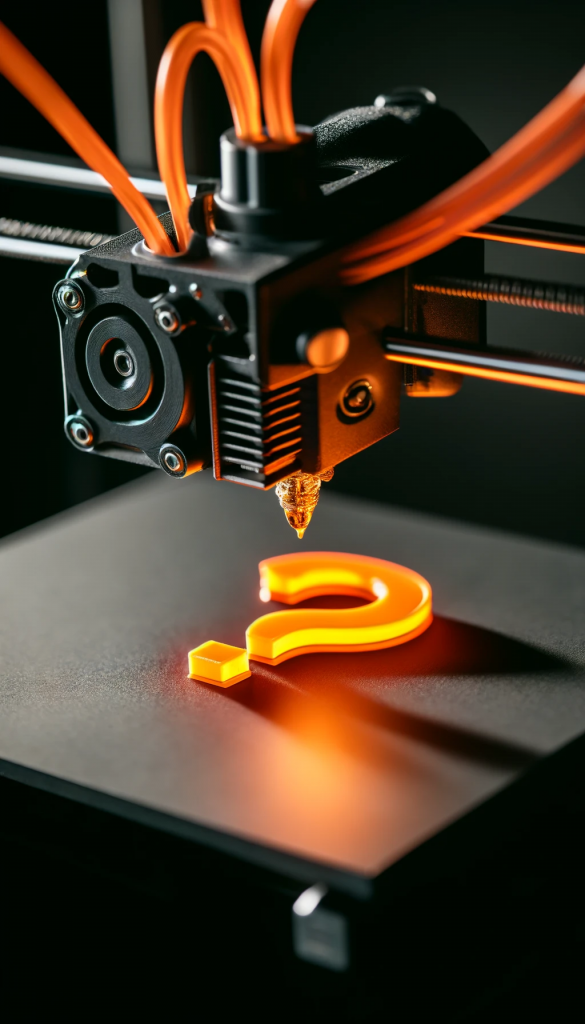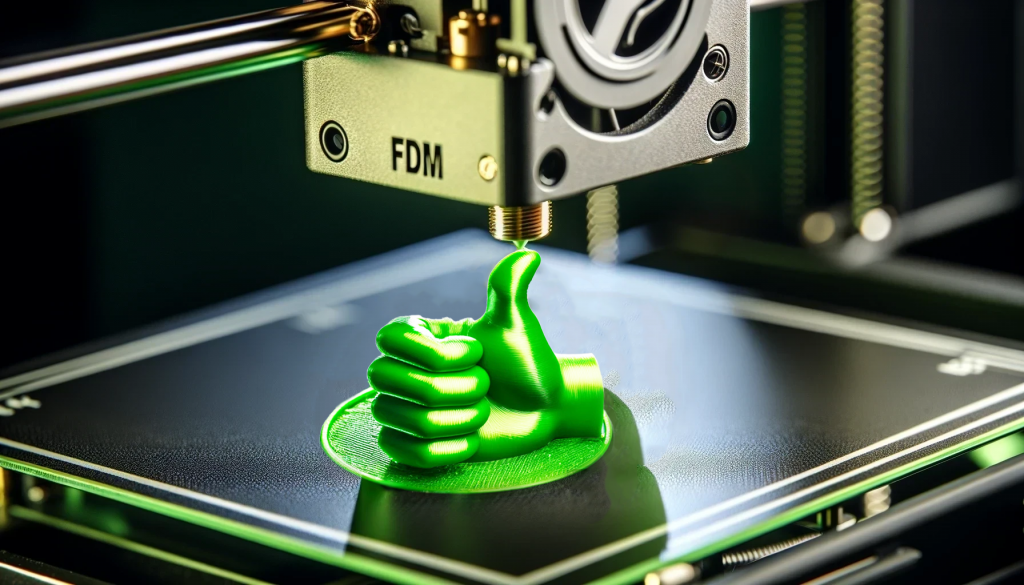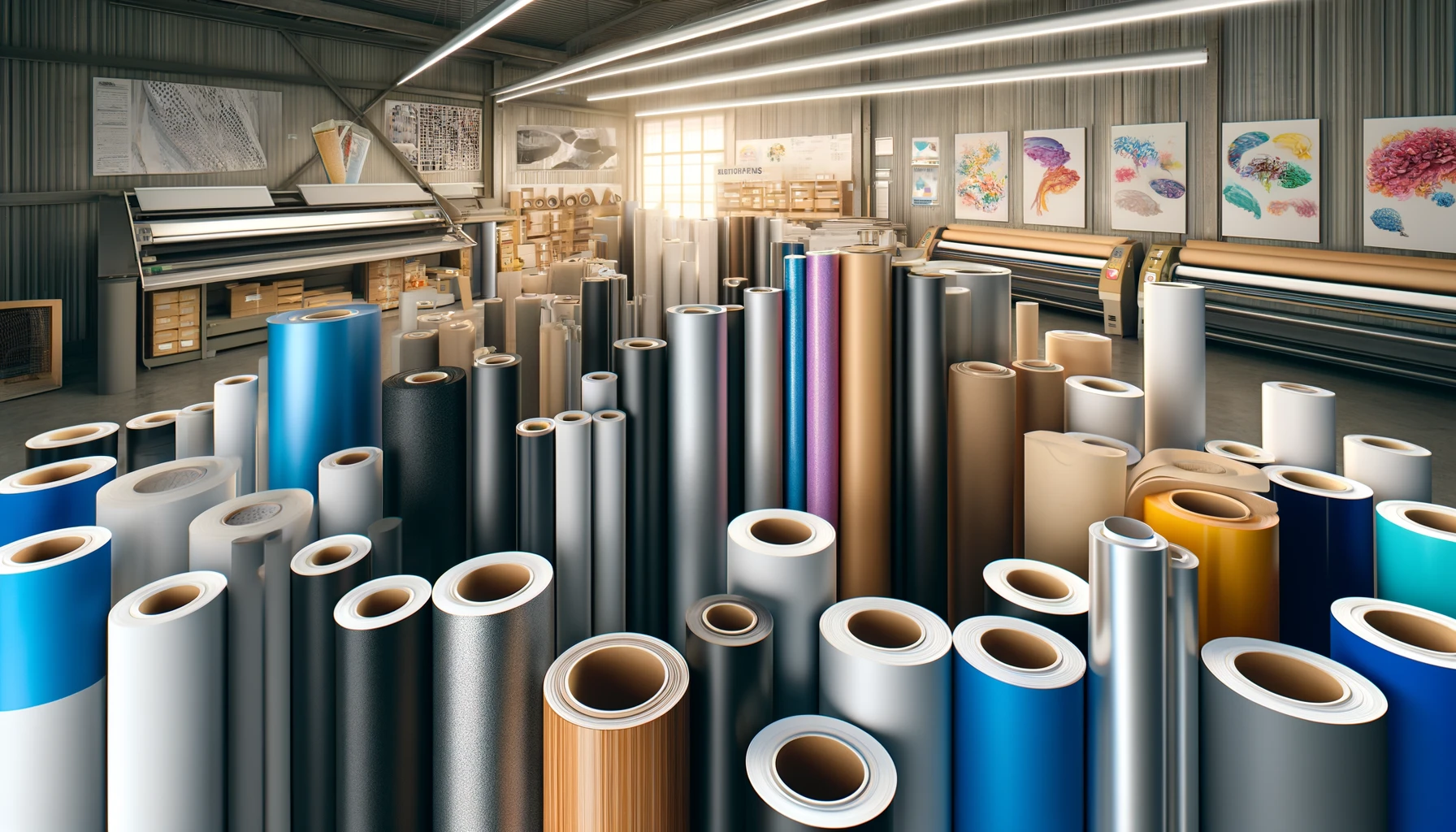Fused Deposition Modeling (FDM) is a popular 3D printing technology widely used in initial product prototyping. Here’s an overview of its benefits and drawbacks:

Benefits of FDM Printing for Initial Product Prototyping
- Cost-Effectiveness: FDM printers are generally more affordable than other types of 3D printers. This cost advantage extends to the materials used in FDM, which are also relatively inexpensive. This makes FDM a cost-effective solution for prototyping, especially for small businesses and individual designers.
- Material Variety and Accessibility: FDM printers can work with a wide range of thermoplastic materials, including ABS, PLA, PETG, and specialized composites that can include wood, metal, or conductive filaments. This variety allows designers to select materials based on the specific properties needed for their prototype, such as durability, flexibility, or heat resistance.
- Ease of Use: FDM printers are generally straightforward to operate, with many models designed for beginner and intermediate users. This accessibility makes it easier for designers to iterate on prototypes without needing extensive training or technical skills.
- Safety and Cleanliness: FDM printing does not require the use of potent chemicals or UV light, which are necessary for some other 3D printing technologies. This makes it safer and more suitable for use in less industrial environments, such as offices or educational settings.
- Scalability and Speed: For small batches or individual pieces, FDM can be quite efficient. It offers a good balance between speed and detail, which is ideal for creating functional prototypes that do not require the fine details that might be necessary for final products.
Drawbacks of FDM Printing for Initial Product Prototyping
- Lower Resolution and Detail: One of the main limitations of FDM is its lower resolution compared to technologies like Stereolithography (SLA) or Selective Laser Sintering (SLS). The layer-by-layer deposition process can result in visible layer lines and may not accurately render fine features or intricate details.
- Material Limitations: While FDM technology can utilize a variety of thermoplastics, these materials often have lower performance characteristics compared to the materials used in more industrial manufacturing processes like injection molding. For example, they might have lower strength, less flexibility, or reduced heat resistance.
- Structural Weaknesses: FDM prints are not always isotropic, meaning their strength and structural integrity can vary depending on the orientation of the print. This is because the layers of melted plastic are deposited sequentially and can delaminate under stress.
- Post-Processing Requirements: Although FDM is effective for rapid prototyping, the final products often require significant post-processing, including sanding, painting, or other finishing touches to improve appearance and functionality. This can add time and cost to the prototyping process.
- Limited Accuracy and Tolerance: The nature of FDM means that achieving precise dimensional tolerances can be challenging, especially for parts that fit together or need to meet strict engineering specifications.
Conclusion

FDM offers a balance of cost-efficiency, ease of use, and material versatility, making it an excellent choice for initial product prototyping, especially when cost, material properties, and speed are more critical than ultra-fine detail. However, for projects requiring high precision or detailed textural finishes, other 3D printing technologies might be more appropriate.




